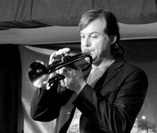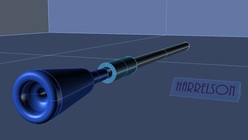 Today I will reveal a few simple techniques to setting optimum mouthpiece gap with any trumpet and mouthpiece. If you are new to the concept, Mouthpiece Gap is the space measured from the end of the mouthpiece to the beginning of the leadpipe (inside the receiver). The gap I am referring to is not visible and can only be measured by putting something inside the mouthpiece receiver of the trumpet. I will explain everything in great detail so if you'd rather see the summary and pass on all the mumbo jumbo technical stuff, just skip down to the graphics below. How Gap changes over the years The Gap on trumpets and mouthpieces varies widely by manufacturer, model, manufacture year, wear patterns, dirt, debris, damage, etc. The current tapered trumpet mouthpiece shank design in use today is prone to error on an extreme level and should be abandoned, in my opinion. The problem is that the slightest variation in the tapered surface results in a very different gap setting. For instance, when I take a brand new Bach 3C mouthpiece and place it into a brand new Bach trumpet, I can measure the gap. Let's say this number is .120" or 120/1000 of an inches, which machinists verbally state as, "one-hundred and twenty thousandths". Now introduce 2 years of wear from removing and re-inserting the mouthpiece. The inside of the receiver will stretch slightly depending on how hard it has been inserted and the outside of the mouthpiece shank plating will wear. Measuring the gap after two years, the measurement is almost always slightly smaller, say it now measures .110". Let's continue this scenario, in year 3 the mouthpiece is dropped and the shank is bent slightly. Now the gap may measure larger, say .150" thanks to the dent preventing the mouthpiece from being inserted far enough because the taper stopped at the high spot of the dent. Now years 4 through 17 see excessive receiver wear due to the dent in the mouthpiece shank scratching the inside of the receiver in various random places. The gap at year 17 may now measure anywhere from .250" on the long side due to more mouthpiece shank damage or as little as .050" on the short side due to regular wear to the inside of the receiver. How Gap affects your playing So the horn has been played over a period of time and the gap has potentially changed several times, both abruptly and gradually due to the factors mentioned and others unknown. But how does this variance in gap effect the way the horn plays? I have written on this subject extensively and you will find references throughout earlier blog entries, but here's a quick review. Very little gap, under .080" down to .000" offers less resistance in the airstream resulting in a more open blowing setup that requires more conscious effort to land on a note perfectly in tune or to hit the correct note in the first place. I personally play with a zero gap setting and prefer this as it allows me the freedom to place pitches anywhere when I play intervals, but I am the exception. Most players prefer medium gap, which I define as something close to .100" or one tenth of an inch. The setting gives you a balance of flexibility and slotting, making notes lock in easier while providing the freedom to slide off of a note with a little effort. The other extreme is wide gap, which is more commonly used in lead and high note playing and rarely in orchestral and symphonic setups. I define wide gap as anything over .130" and I have measured some horns built with gap up to .400". Most horns with wide gap tend to lock in on each note too easily so that slurring up or down to the next partial is difficult or sometimes nearly impossible. Some lead players love this feeling as it assists in landing on higher notes, but offers less flexibility. While others prefer a wide open blow to move around and find the notes with the air stream. A wide gap setting usually offers little or no room to adjust for intonation with the aperture or air stream so this is the least versatile option. I've created a simple graphic below to summarize the basics of gap so now we have an understanding of how gap changes over time and why we would prefer one setting over another. To each his/her own, but there surely is something that works better for you as an individual and I encourage you to try everything before making any conclusions.
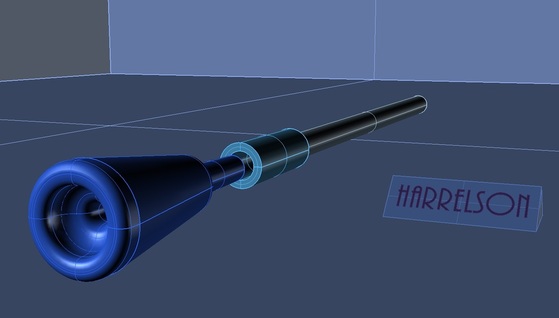 This illustration shows the mouthpiece as it is inserted into the receiver. The leadpipe is fitted to the back side of the receiver to provide optimum gap, but the exact leadpipe position in relation to the receiver taper is a guess as every mouthpiece taper and shank length varies widely. The ultimate solution would be a mouthpiece shank and receiver system that is not tapered, but rather a cylinder held by a collet. This is how the very same problem was solved in machine tooling where an adjustable length (gap) is required. Only when everything is perfect does a tapered system work, which would require all trumpet players to use the exact same gap length. This would give us more consistency in the system, but little versatility to meet each individual player's needs and preferences. The new AGR or Adjustable Gap Receiver is my solution and you will see this introduced on the Harrelson Summit trumpet later this year.
1 Comment
 Sometimes I don't even know where to start, there is so much happening with Harrelson Trumpets and in my life personally. Between designing and building new custom trumpets for clients, designing new components and instruments (Bravura Flugelhorn & Summit Midnight), introducing our new Modular finger buttons/inlays, designing the 5MM Modular Mouthpiece System, offering Trumpet Master classes on Embouchure and Efficiency, playing with Oscar (our shop dog) and amazing events in my personal life, there has been little time to reflect. So this will be my attempt to summarize with the hopes of hitting on individual topics in future posts. In the past three months, I am thankful to have to offered masterclasses at San Juan Conservatory in Puerto Rico, Loyola University in New Orleans, Lawrence University, University of North Texas, Oklahoma University, McNally Smith College of Music, Schmitt Music and other music stores. And I have worked with trumpet players around the country and Caribbean as well as in the Harrelson Trumpets Shop to help design and build new instruments to meet each player's needs. It has been great meeting so many of you on my journeys and if I haven't been to your area lately, send a request and I'll try to make it happen sooner rather than later. Here are a few photos from the past few months... I will be focused primarily on finishing the many projects I have begun in the coming months before the International Trumpet Guild Conference in Michigan. There may be a stop in Chicago sometime in June with master classes to be announced. There have been numerous requests to visit Florida, Georgia, NYC (again), Spain, Italy, United Kingdom, Australia and Arizona. Let me know if you're affiliated with a University or group of trumpet players in these areas and I will consider making a trip this summer to offer my perspective on Embouchure and Efficiency as well as a chance to play some really efficient horns! In other news, we have a new photographer at Harrelson Trumpets. Tony Mantovani is producing the nicest photos of my horns to date so check our website for updates on almost all trumpet and trim photos in the coming weeks. I believe Tony will also be offering his services to our clients individually if you are interested in having a full photo session of your new trumpet just after it is built. You may contact him at [email protected]. Be sure to see some of the new photos here first: Harrelson Trumpets New Photography  Other announcements include a new member to the HT Family, the Summit Midnight. I have been developing and exploring the Summit design with variations since the first prototype a few years ago. This allows me to try new ideas while maintaining consistency in the design and build process and offers new interesting design and machining challenges, which I welcome. Previous Summit variations include the Summit One, Summit Zero, Summit M, SWE Summit, Summit Art, Summit Art Nouveau, Summit Lead and Summit Jazz. There may be others that I don't recall at this moment ;) In designing the Summit Midnight, I wanted to create a horn that speaks clearly in the low register with a smooth centered tone in all registers. James and I were discussing this idea when he suggested that a black lacquer finish would suit this horn's dark velvety sound. Thanks to Tom Green for the awesome translucent black lacquer finish now available on the Midnight. This finish shimmers a dark forest green under some lights and a deep purple under others. Either way, you can see the Harrelson Trademark brushed brass finish under the lacquer, making this horn very unique aesthetically and a ton of fun to play. I have never experienced such a broad, solid, full low register on any trumpet. Trombone players will not envy my low register as I can easily bury them! The coolest part is multiple tonguing is now a breeze below low c all the up to high c. I've never been great at multiple tonguing above high c, but that is now my new goal on this horn...double and triple tonguing scales and arpeggios to double c while producing a big beautiful sound that is anything but shrill. In short, I love my new Summit Midnight! And one lucky New Orleans musician just placed the first order for this model last week. Maybe I'll record a few videos showing the flexibility and extremely warm tone of this new horn. Did I mention it was designed with the largest bell I have ever offered? The flare of this bell could eat your Yamaha Xeno and Bach 72 simultaneously for breakfast! See more photos here: Summit Midnight I intend to follow up this entry detailing the following topics so remind me if I miss something;
|
Jason Harrelson
Inventor, Musician, Educator and Founder of Harrelson Trumpets, Trumpet Momentum and Harrelson Momentum. Archives
July 2024
|



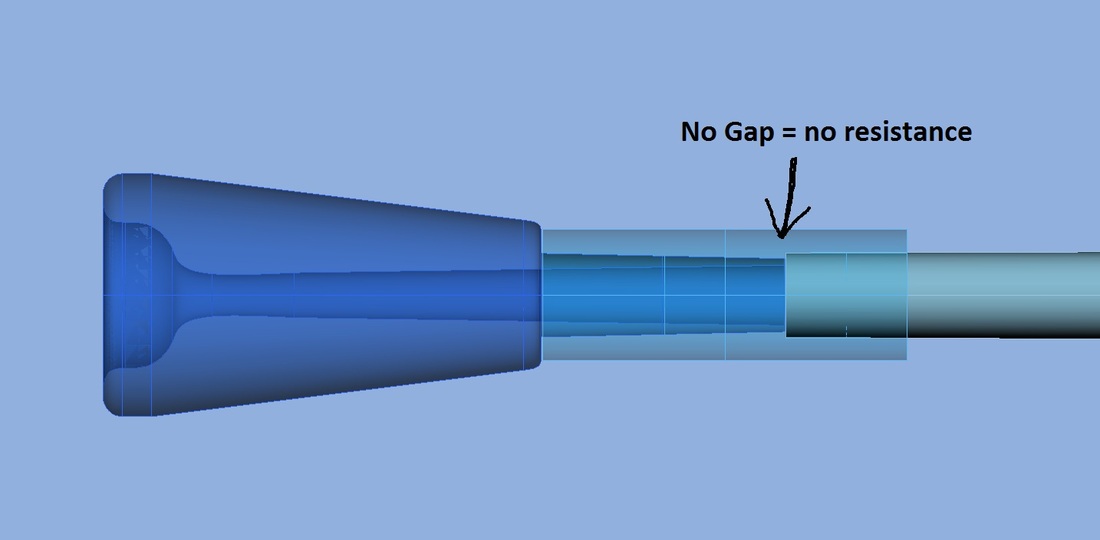
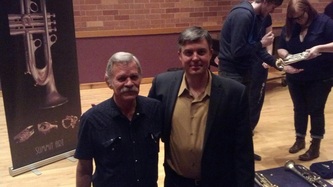
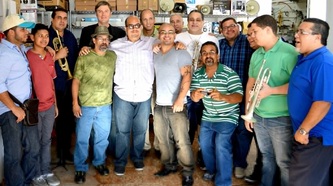



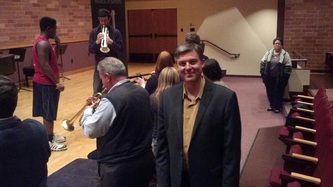
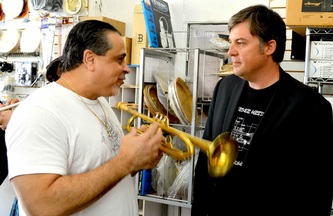


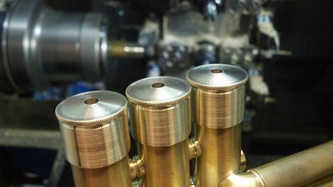
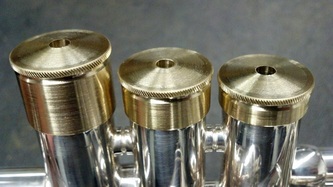
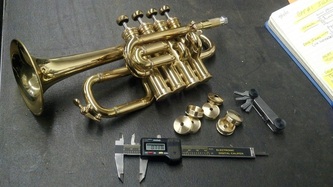
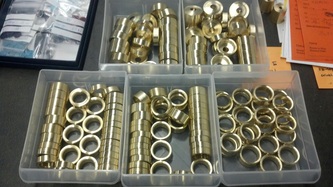
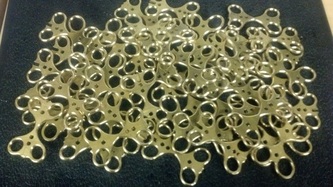

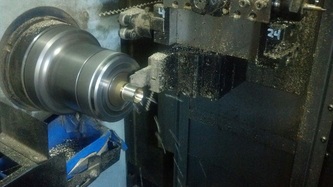

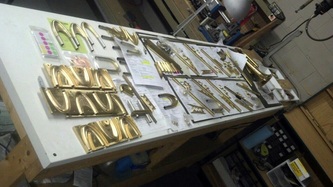

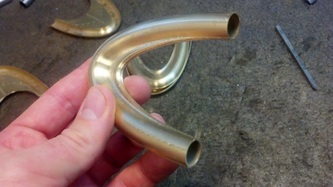
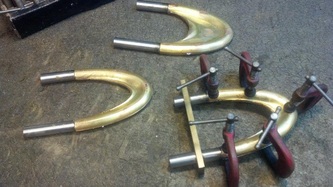
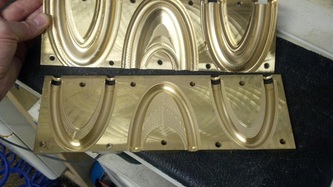
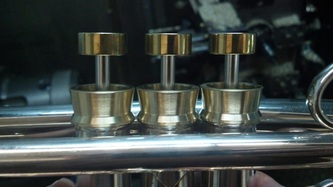
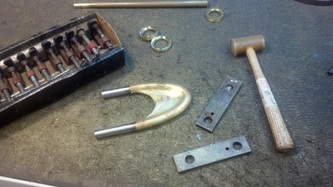

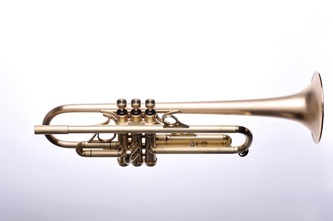

 RSS Feed
RSS Feed
